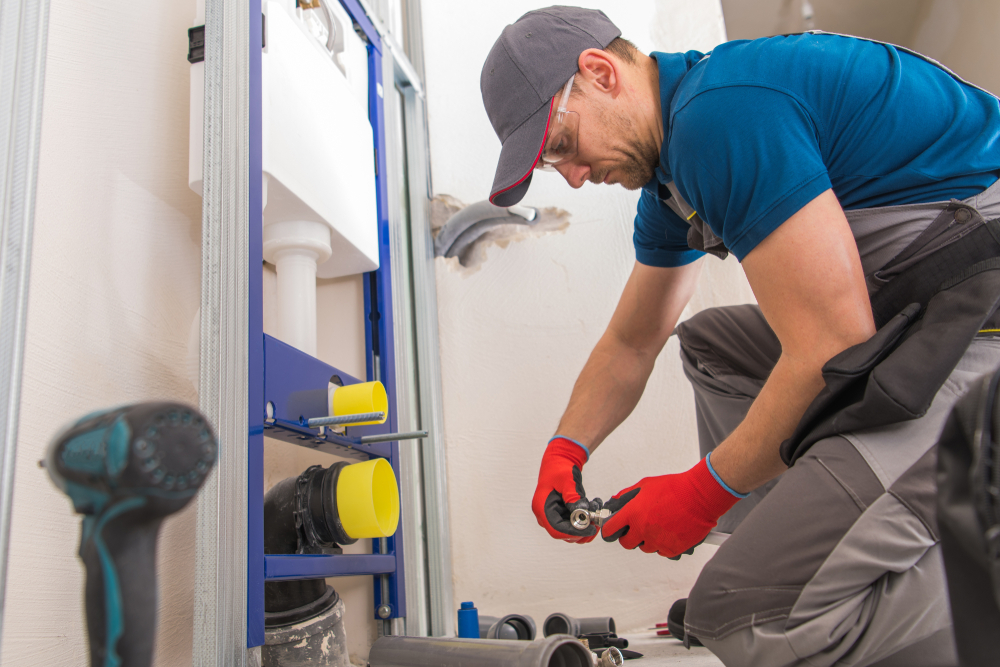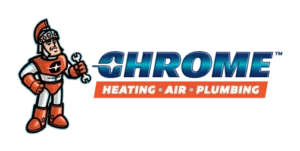Gas Leak Detection: What Every Homeowner Must Know
Gas leaks pose a serious threat to both property and personal safety. Understanding how to detect, prevent, and handle gas leaks is crucial for homeowners. Chrome Heating & Air Conditioning, serving the areas of Garland, Dallas, Frisco, McKinney, and Plano, TX, provides essential gas leak detection and repair services to keep homes safe and secure. What Causes Gas Leaks? Gas leaks can occur for various reasons, including: Aging Pipes: Over time, gas pipelines wear down, corrode, or crack, leading to leaks. Poor Installation: Incorrect installation of gas appliances or pipelines can result in leaks. Damaged Appliances: Faulty gas appliances, such as stoves, furnaces, or water heaters, can develop leaks. Weather Conditions: Severe weather or natural disasters like earthquakes can shift or break gas lines. Signs of a Gas Leak Knowing the warning signs of a gas leak is crucial to preventing a hazardous situation. Key indicators include: The Smell of Sulfur or Rotten Eggs: Gas companies add a sulfur-like odor to natural gas to make it easily detectable. Hissing Sounds: A gas leak may produce a hissing or whistling noise around your appliances or gas line. Dead Plants: If indoor plants suddenly die or outdoor grass and plants near gas lines turn brown, it could indicate a gas leak. High Gas Bills: Unexplained spikes in your gas bill might suggest a leak is allowing gas to escape. Physical Symptoms: Exposure to gas leaks can cause dizziness, headaches, nausea, or difficulty breathing. Steps to Take if You Suspect a Gas Leak If you suspect a gas leak in your home, act quickly: Evacuate Immediately: Leave the house with your family and pets. Do not use electrical devices or light switches as they could spark an explosion. Call for Help: Once outside, contact your gas company or emergency services to report the leak. Do Not Attempt Repairs: Only trained professionals should repair gas leaks. Contact an expert service like Chrome Heating & Air Conditioning for immediate assistance. How Chrome Heating & Air Conditioning Can Help Serving Plano, TX, Chrome Heating & Air Conditioning offers professional gas leak detection and repair services. With highly trained technicians, state-of-the-art equipment, and extensive experience in gas line systems, they ensure fast and accurate detection of leaks. Their services include: Gas Leak Detection: Using advanced detection tools, Chrome Heating & Air Conditioning can identify even the smallest gas leaks to keep your home safe. Gas Line Repair and Replacement: If a leak is detected, they provide repair or replacement of damaged gas lines to restore safety and functionality. Maintenance Services: Regular inspections of gas lines and appliances can prevent leaks before they occur. Preventing Gas Leaks Prevention is key when it comes to gas leaks. Homeowners can take several proactive measures: Schedule Annual Inspections: Regular maintenance checks by Chrome Heating & Air Conditioning can help detect potential issues before they become dangerous. Install Carbon Monoxide Detectors: Since natural gas leaks can lead to carbon monoxide buildup, detectors are essential for early warning. Check Appliances Regularly: Ensure all gas appliances are in good working order and have been installed correctly by a licensed technician. FAQ What are the common signs of a gas leak in my home? Common signs include a rotten egg smell, hissing sounds near gas lines, dead plants around gas appliances, and an unusual spike in your gas bill. What should I do if I suspect a gas leak? Immediately evacuate your home, avoid using electrical devices, and call your gas provider or emergency services from a safe distance. How can I prevent gas leaks in my home? Regular maintenance of gas appliances, ensuring proper ventilation, and installing a carbon monoxide detector are essential steps to prevent gas leaks. How do professionals detect gas leaks? Professionals use specialized equipment like gas detectors and pressure tests to identify leaks in your gas lines or appliances. Is there a danger of an explosion with a gas leak? Yes, gas leaks can lead to explosions if the gas accumulates and is ignited by a spark or flame, which is why it’s important to take immediate action. How often should I have my gas lines inspected? It’s recommended to have your gas lines and appliances inspected annually by a certified technician. Are there devices I can install to detect gas leaks? Yes, you can install gas leak detectors or carbon monoxide detectors in your home for early detection of dangerous gas levels. What gases are commonly involved in household leaks? The most common gases involved in household leaks are natural gas and propane, both of which are highly flammable. Who should I contact for gas leak repair in Plano, TX, and surrounding areas? You should contact licensed HVAC professionals, like Chrome Heating Air Conditioning, for any gas leak detection and repair services. How dangerous are gas leaks for my health?











